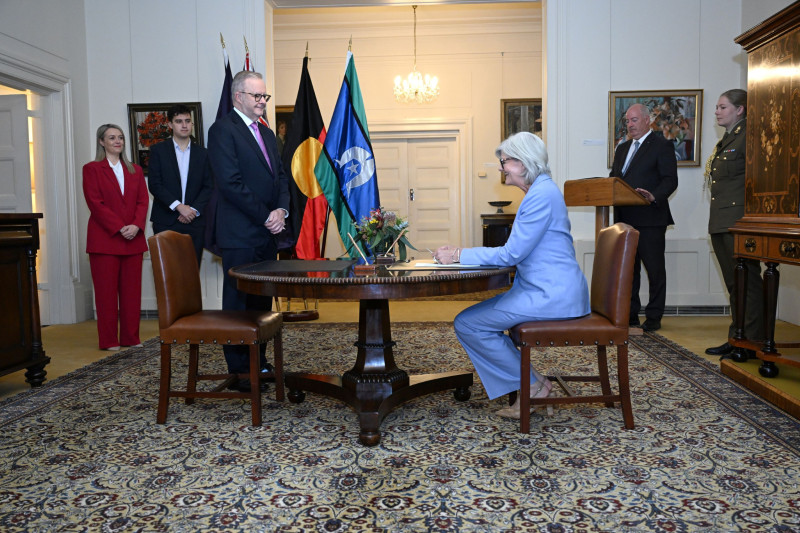What are reserve powers?
The Governor-General has 2 types of power; executive power and reserve power.
The Governor-General’s reserve powers are not included in the Australian Constitution. They come from the authority of the King, who the Governor-General represents. The only guide to these powers is convention – tradition. This means the exact nature and scope of these powers is arguable.
The Governor-General’s reserve powers are generally agreed to include:
- the power to appoint a prime minister if a federal election has not resulted in a clear outcome
- the power to dismiss a prime minister if they have lost the support of the majority of the House of Representatives
- the power to refuse a request for a double dissolution
- the power to dismiss a prime minister or minister if they break the law
- the power to refuse a request from a prime minister to call an election.
The use of reserve powers by Governors-General is rare. In fact, they have only been used a handful of times. An example is in 1909 when Governor-General William Humble Ward refused to agree to an election after the government lost the support of the majority of members in the House of Representatives. Instead, he commissioned Alfred Deakin as Prime Minister and asked him to form a coalition government (the Fusion Government).
The Governor-General swearing in the Prime Minister

Mel Adams/DPS Auspic
Description
Anthony Albanese is sworn in as Prime Minister of Australia by the Governor-General.
The Governor-General is responsible for appointing the prime minister. By convention – tradition – the prime minister is a member of the House of Representatives who leads the parliamentary party or coalition of parties that has the support of the majority of members in the House.
Permission should be sought from DPS AUSPIC for third-party or commercial uses of this image. To contact DPS AUSPIC email: auspic@aph.gov.au or phone: 02 6277 3342.